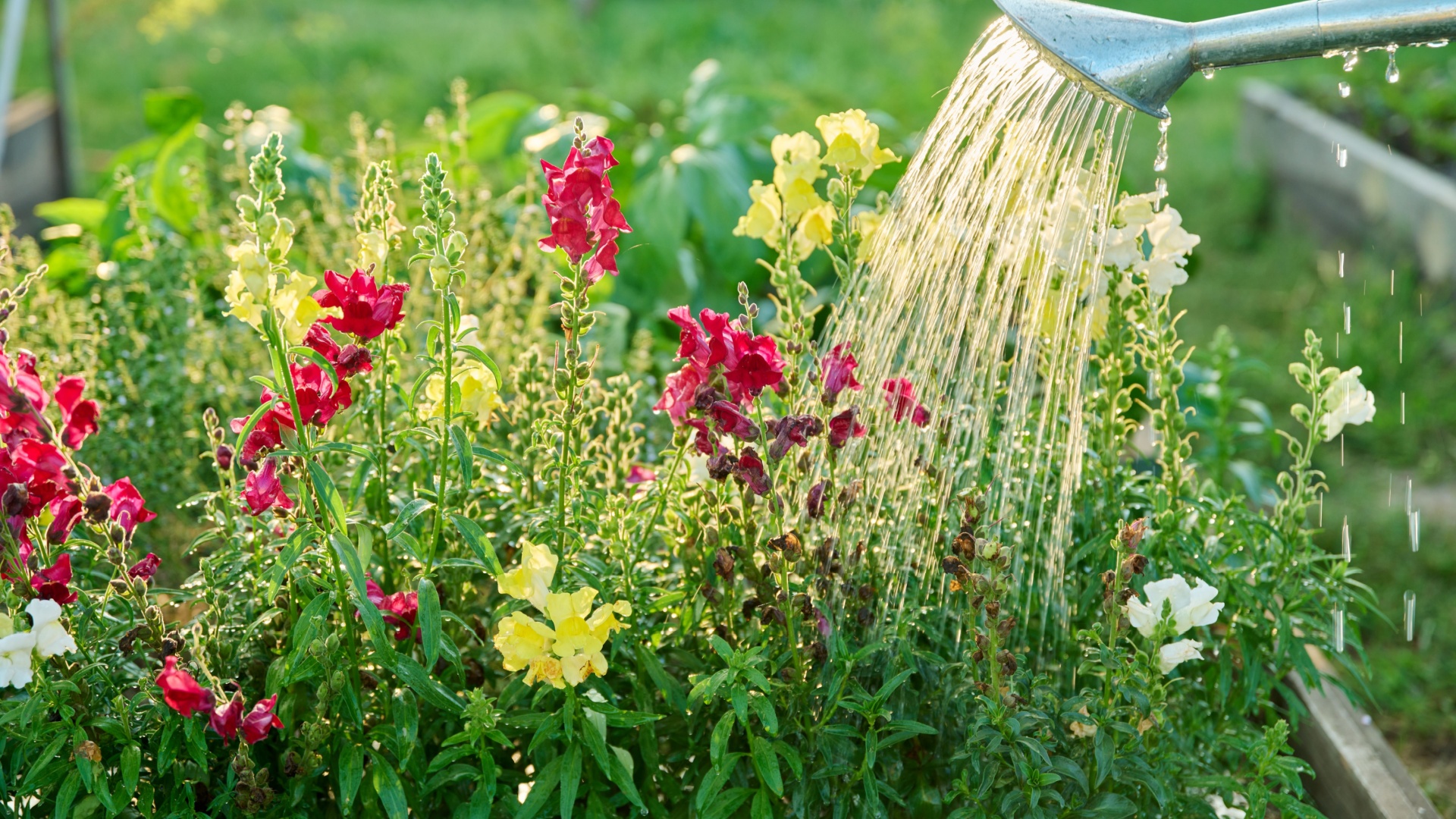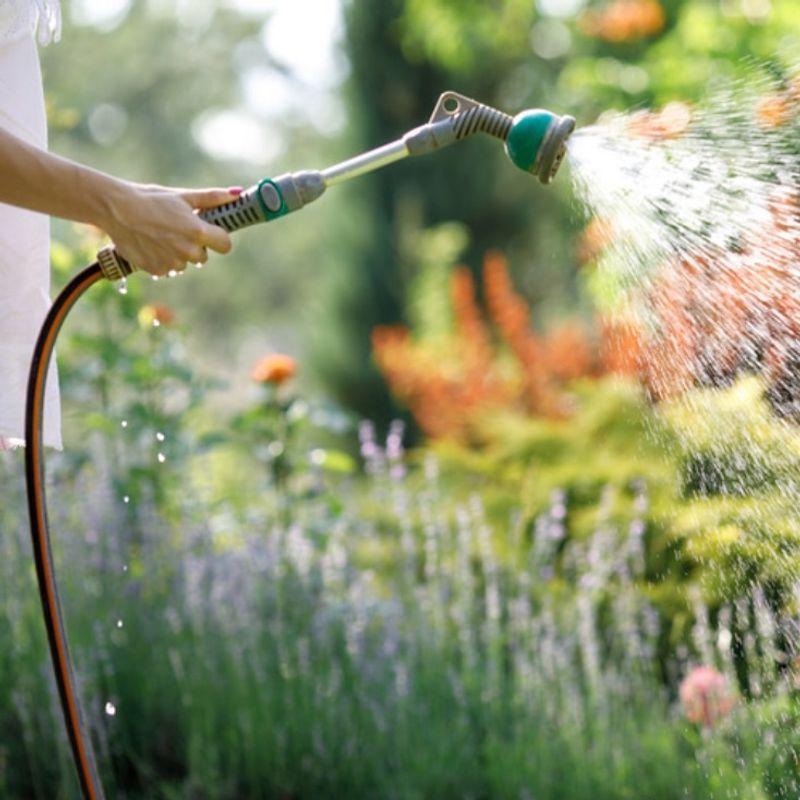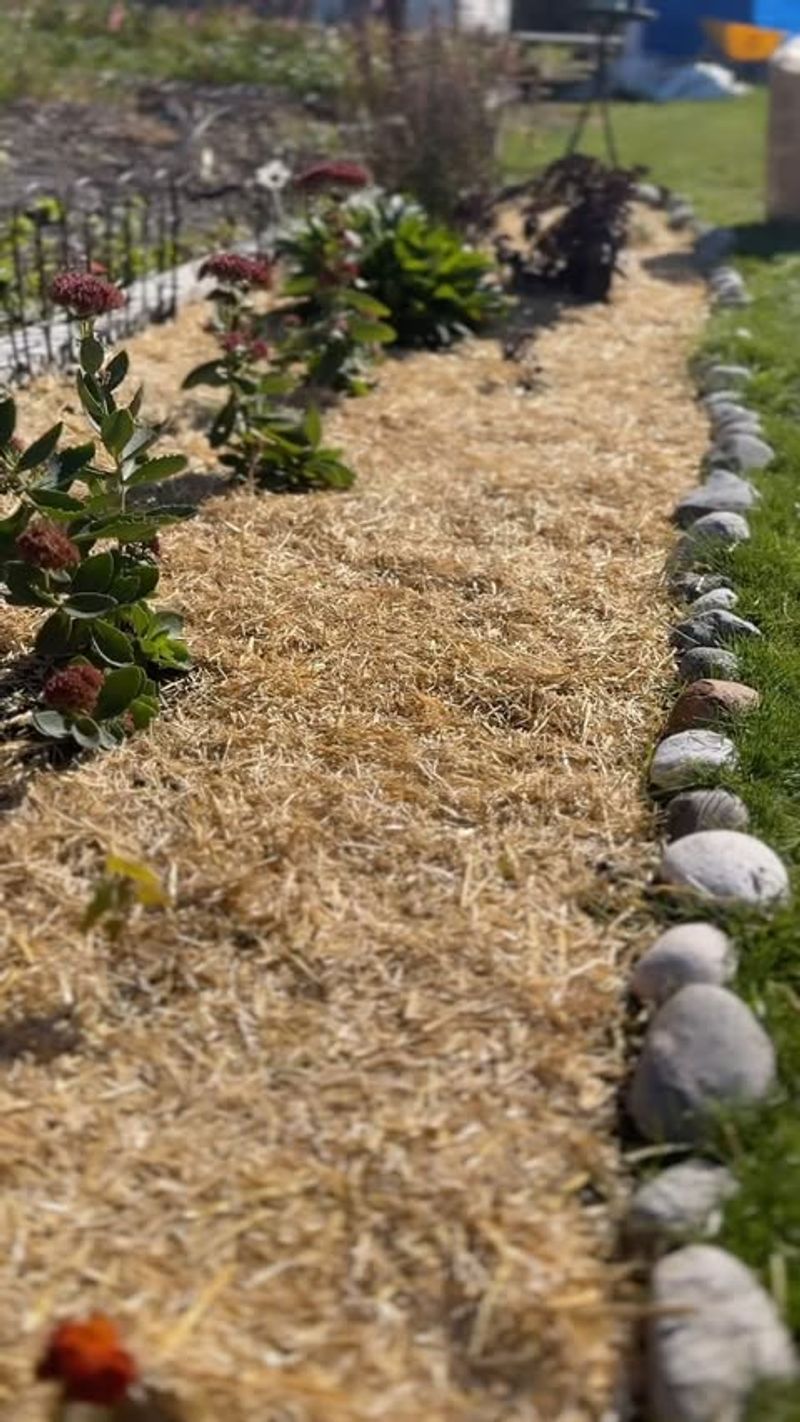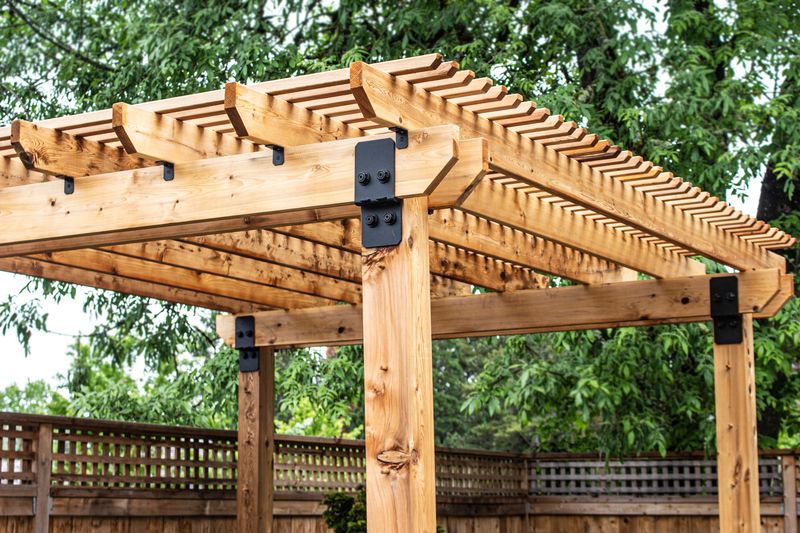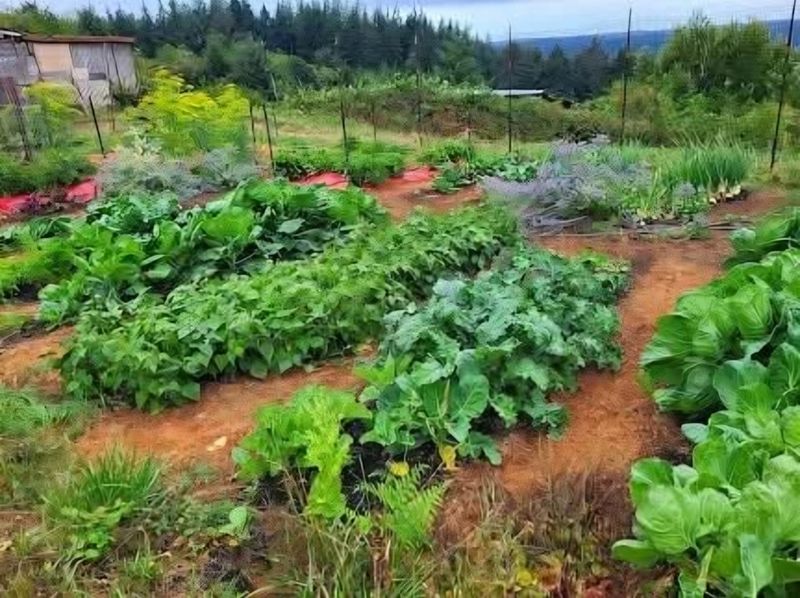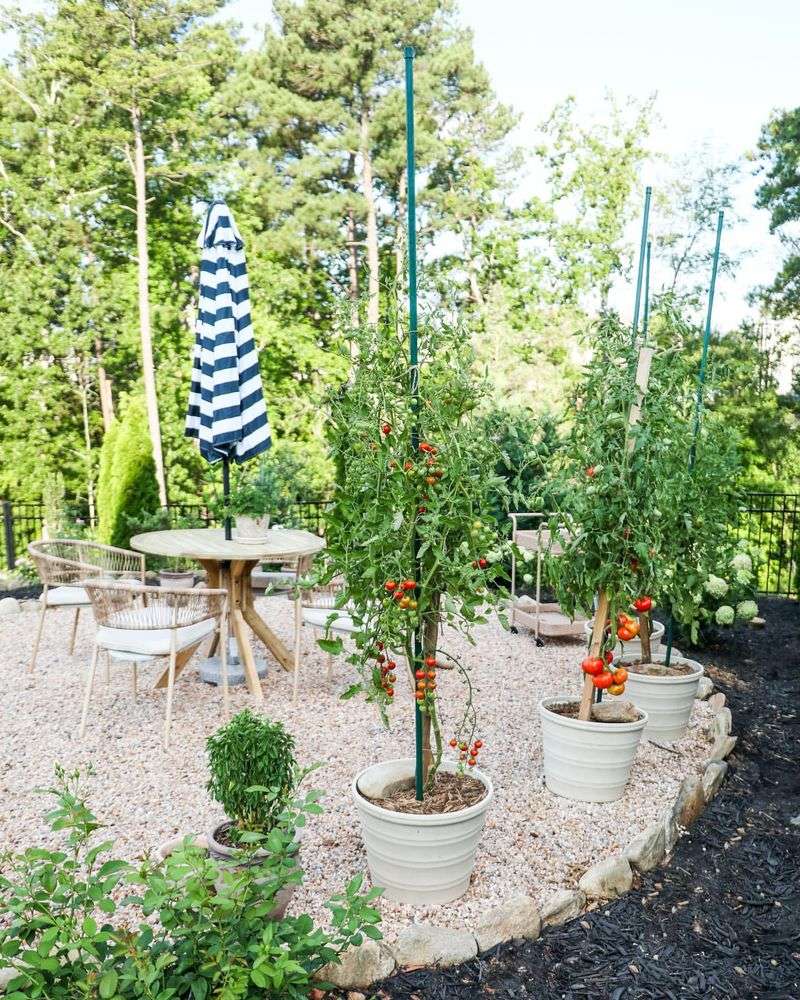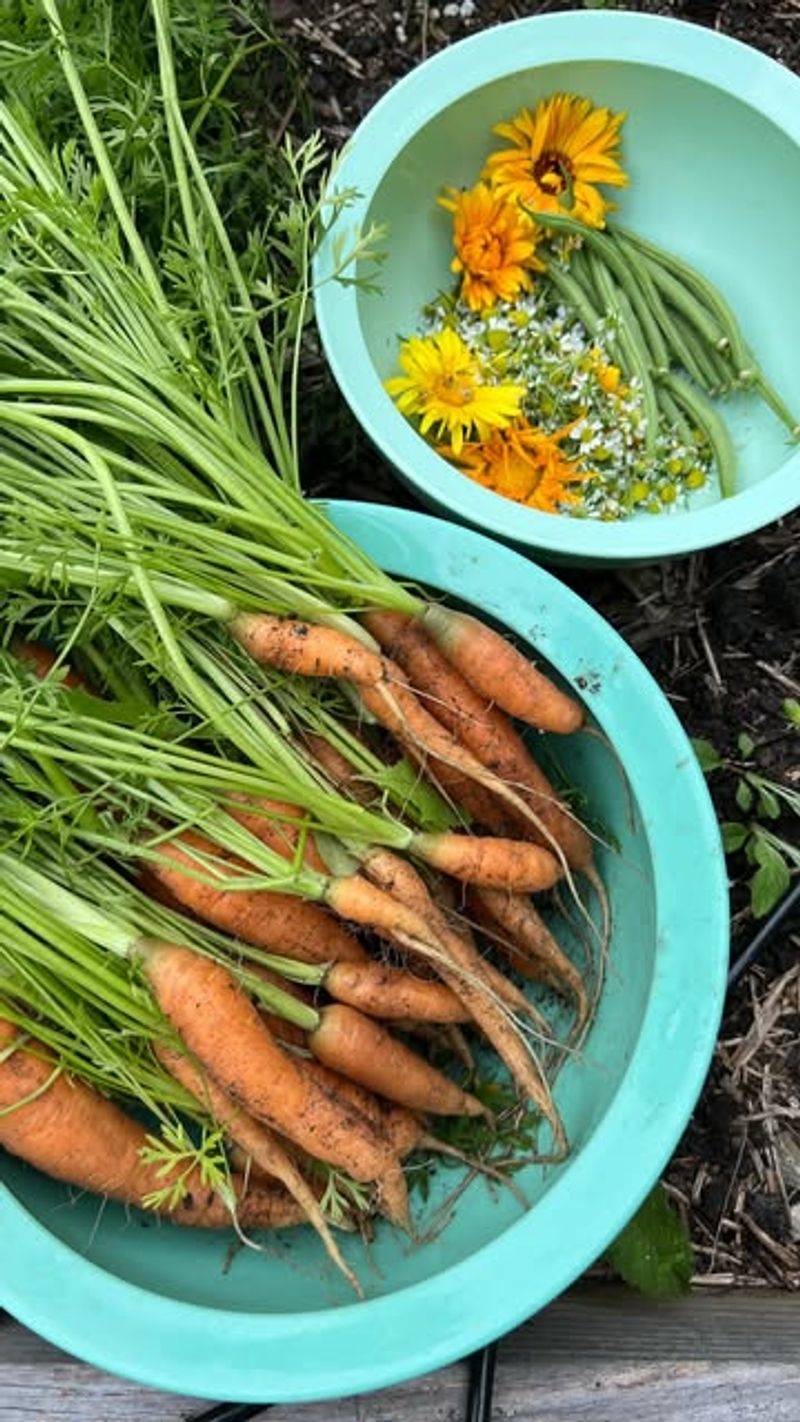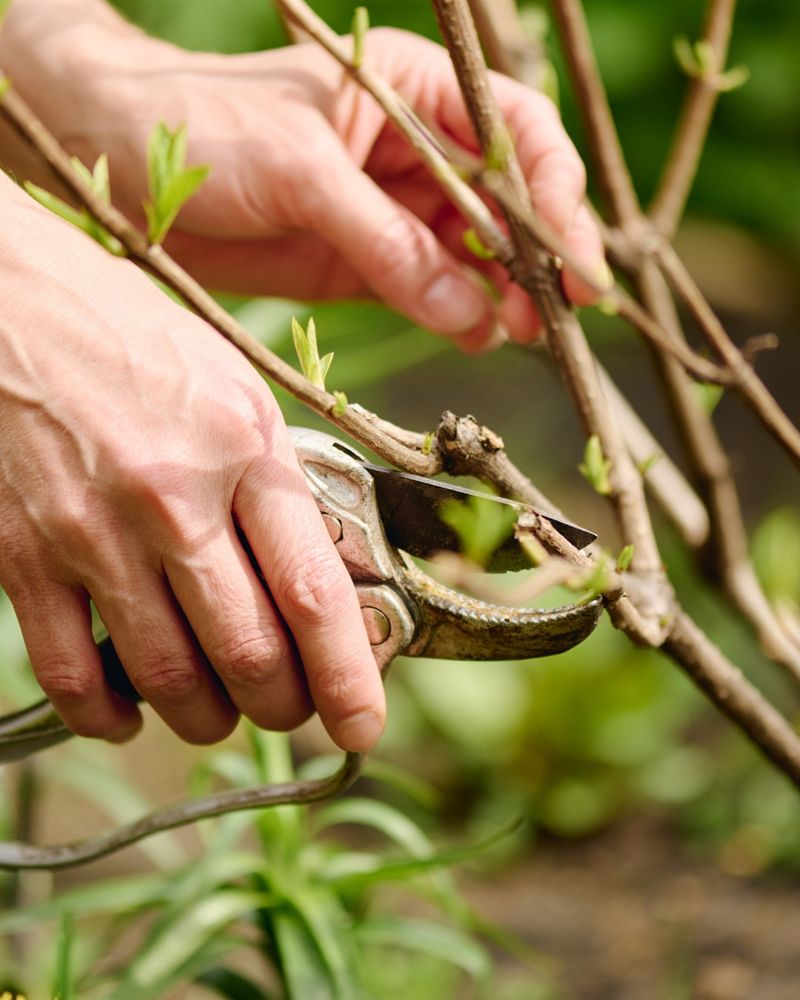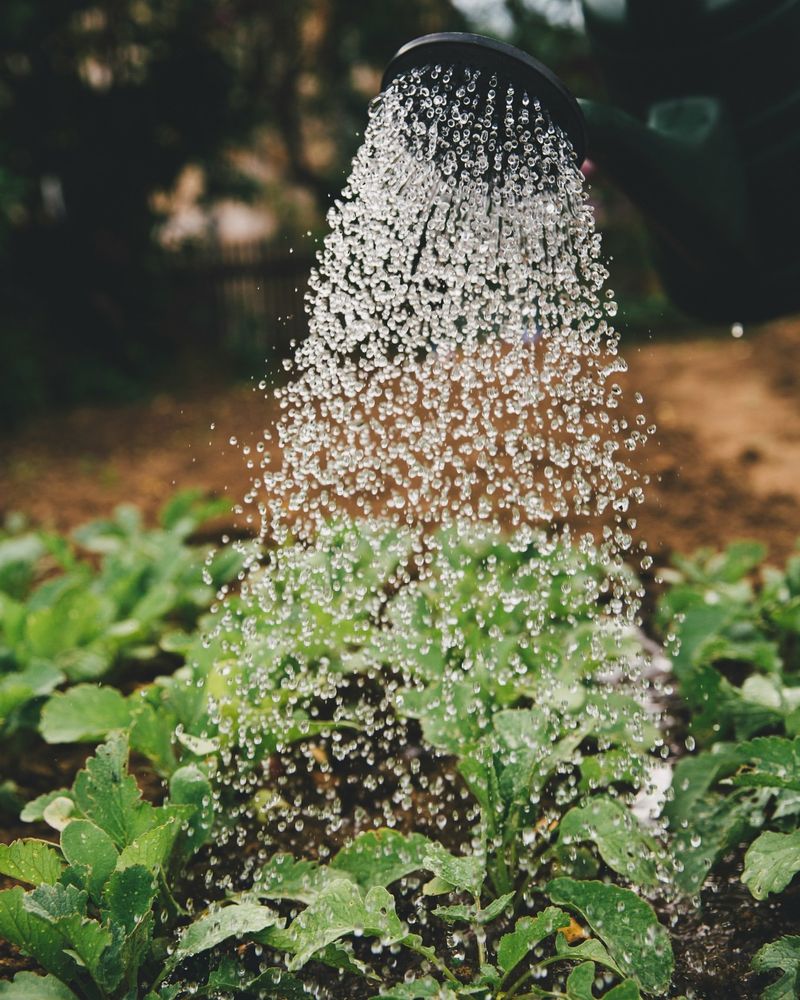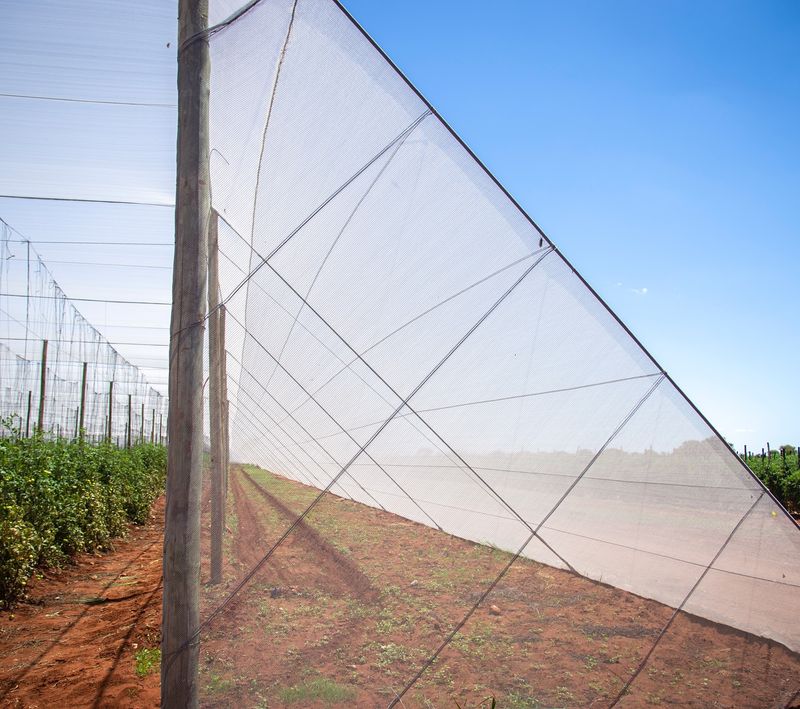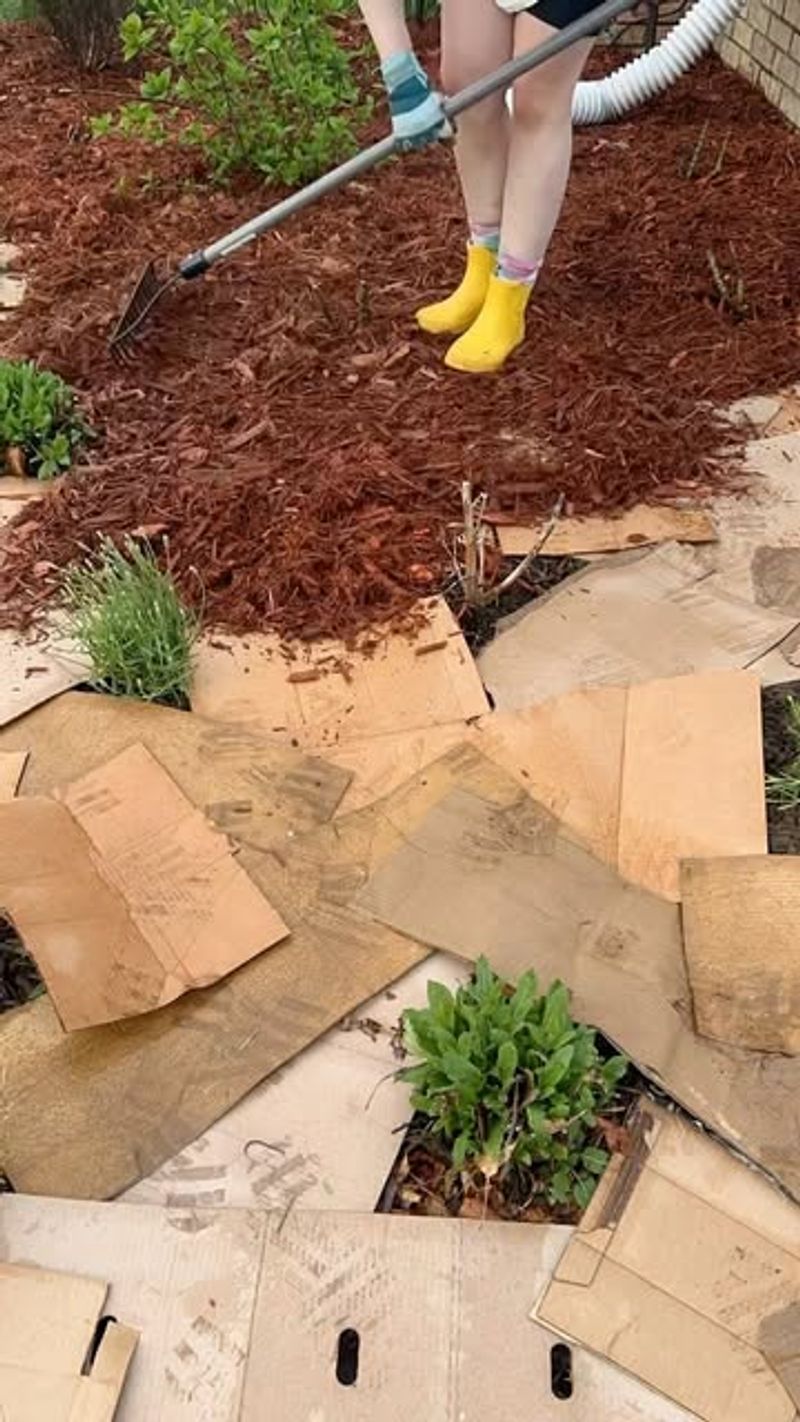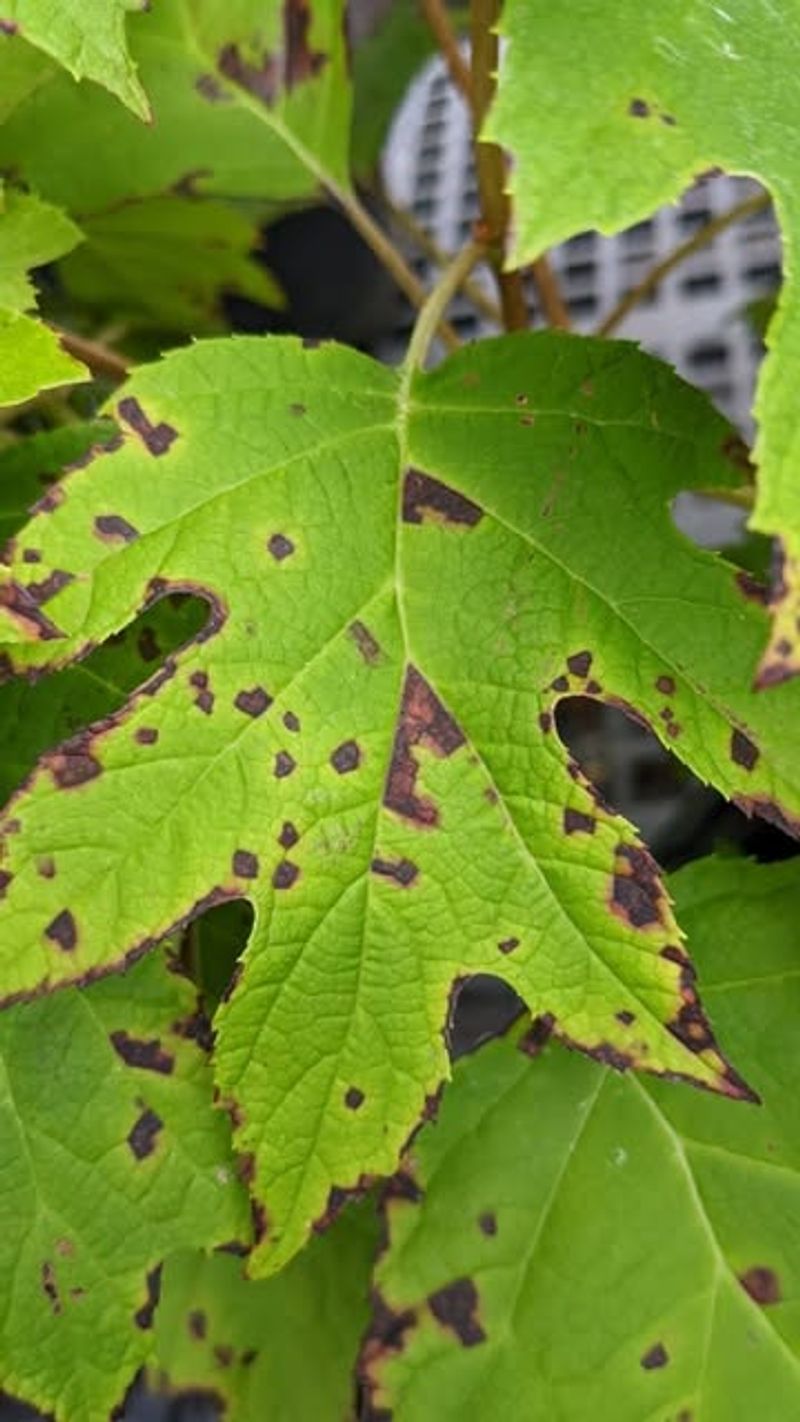Extreme heat can turn a thriving garden into a scorched mess in just a few days. But with a few smart adjustments, you can help your plants survive—and even bounce back stronger.
From watering techniques to temporary shade hacks, these heatwave gardening tips will keep your garden alive while the temperatures soar.
1. Water Deeply, Not Frequently
Deep watering encourages roots to grow downward where soil stays cooler and moisture lasts longer. Instead of daily light sprinkles, give your plants a good soaking 2-3 times a week.
Morning is the best time—water has a chance to soak in before the sun evaporates it. You’ll know you’ve watered enough when moisture reaches 6-8 inches below the surface.
For container plants, water until it flows from drainage holes.
2. Apply Mulch Generously
Mulch acts like a protective blanket for your soil, keeping it cool and preventing moisture from evaporating too quickly. A 2-3 inch layer can reduce watering needs by up to 30%!
Organic options like straw, bark chips, or compost work beautifully. Keep mulch slightly away from plant stems to prevent rot and fungal problems.
Fresh mulch application during a heatwave can be an immediate lifesaver for struggling plants.
3. Create Shade Structures
Temporary shade can save sensitive plants from scorching. Bed sheets, old umbrellas, or specially designed garden shade cloth draped over simple frames work wonders for protection.
Focus on afternoon shade when the sun is most intense. Leafy vegetables, newly planted seedlings, and delicate flowers benefit most from this protection.
Remove covers in the evening to allow plants to breathe and prevent humidity-related diseases.
4. Postpone Fertilizing
Fertilizer stimulates growth, which requires energy and water—resources plants are already struggling to maintain during heat stress. Hold off until temperatures cool down to avoid pushing your plants too hard.
If you must feed, use half-strength liquid fertilizer in the evening after watering. Organic options like compost tea are gentler than chemical fertilizers during stressful conditions.
Resume normal feeding schedules once the heatwave passes.
5. Move Potted Plants
Containers heat up faster than ground soil, putting potted plants at higher risk during heatwaves. Relocate them to morning-sun, afternoon-shade locations to prevent root cooking.
Group pots together to create a microclimate with higher humidity. Placing containers on grass instead of pavement can lower temperature by several degrees.
Consider temporary moves to patios, under trees, or even indoors for especially valuable or sensitive specimens.
6. Harvest Mature Vegetables Early
Ripe vegetables continue drawing energy from plants. Picking them promptly reduces stress on your garden plants during heat events.
Morning harvesting yields the best flavor and longest storage life. Don’t wait for perfect size—slightly smaller vegetables harvested during a heatwave will taste better than those left to struggle on the plant.
Be extra gentle when harvesting, as heat-stressed plants damage more easily than usual.
7. Skip Pruning and Transplanting
Pruning stimulates new growth that’s vulnerable to heat damage. Save your pruning shears for cooler days when plants can recover more easily.
Similarly, transplanting causes tremendous root stress. Young plants establishing new root systems during a heatwave face survival odds similar to running a marathon in the desert.
Focus instead on maintaining existing plants until temperatures moderate and conditions become more favorable for garden changes.
8. Water the Air Around Plants
Misting creates a more humid microclimate that helps plants cope with dry heat. Early morning or evening misting cools leaf surfaces and reduces water loss through transpiration.
Avoid midday misting which can create water droplets that act like magnifying glasses, potentially burning leaves. Hanging damp sheets near vegetable gardens can cool air temperatures by several degrees.
Misters on timers provide an automated solution for busy gardeners during extended hot periods.
9. Prioritize Watering Wisely
Not all plants need equal attention during a heatwave. Focus first on shallow-rooted plants like lettuce and annual flowers, which dry out fastest.
Recently planted specimens need extra care since their roots haven’t spread widely. Vegetable plants with developing fruits require consistent moisture to prevent problems like blossom end rot.
Established trees and native plants adapted to your climate can often manage with less intervention during short heat spells.
10. Add Temporary Wind Breaks
Hot winds accelerate moisture loss and can damage delicate plants. Simple barriers like burlap stretched between stakes can protect vulnerable garden sections.
Place windbreaks on the prevailing wind side of your garden. They don’t need to be solid walls—50% permeability actually works better by filtering rather than redirecting wind.
These temporary structures can reduce water needs by up to 25% during windy heatwaves by decreasing evaporation rates.
11. Keep Weeds Under Control
Weeds compete aggressively for limited water resources. During heatwaves, this competition becomes even more critical and can mean life or death for garden plants.
Hand-pull weeds in the early morning when soil is slightly damp. Use a light layer of mulch after weeding to prevent new weed seeds from germinating.
Focus particularly on removing weeds near the base of garden plants where they cause the most competition for water and nutrients.
12. Monitor for Heat-Related Pests
Spider mites, aphids, and whiteflies thrive in hot, dry conditions and reproduce faster during heatwaves. Check leaf undersides regularly, especially on stressed plants which are more vulnerable to attacks.
A strong spray of water can dislodge many pests without chemicals. Insecticidal soaps applied in the evening are effective against soft-bodied insects while being gentle on plants.
Beneficial insects like ladybugs often struggle during extreme heat, so you may need to be more proactive with pest management.

